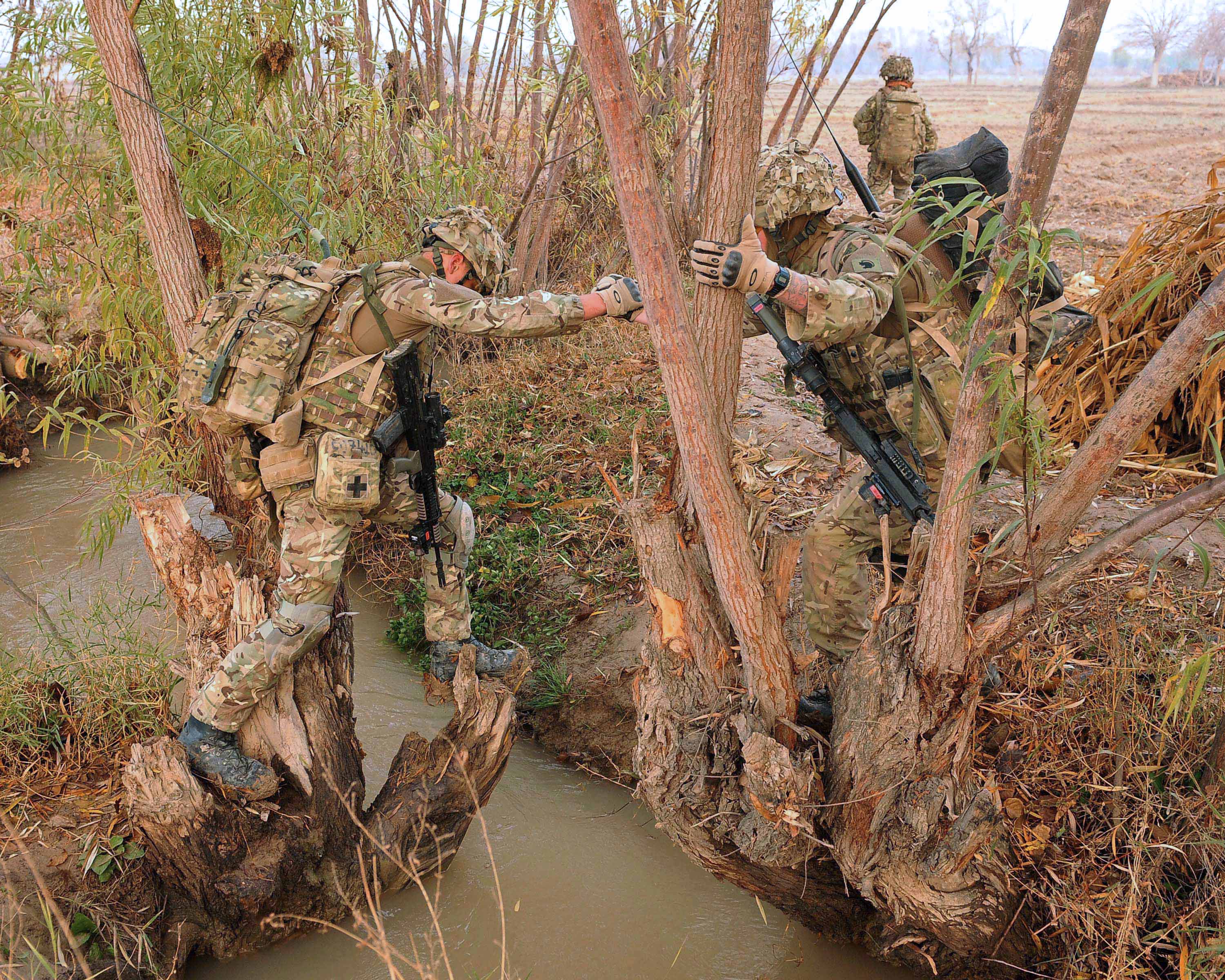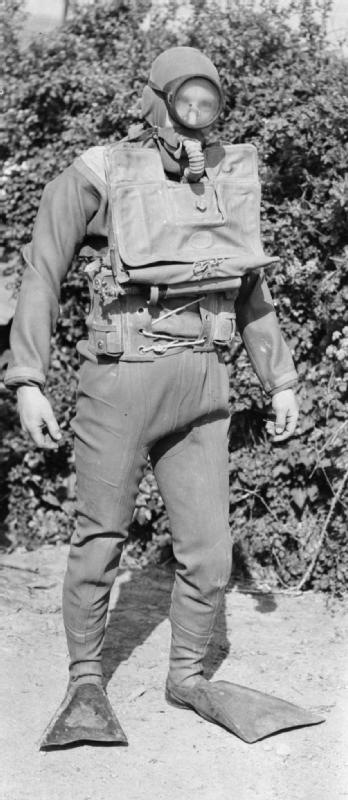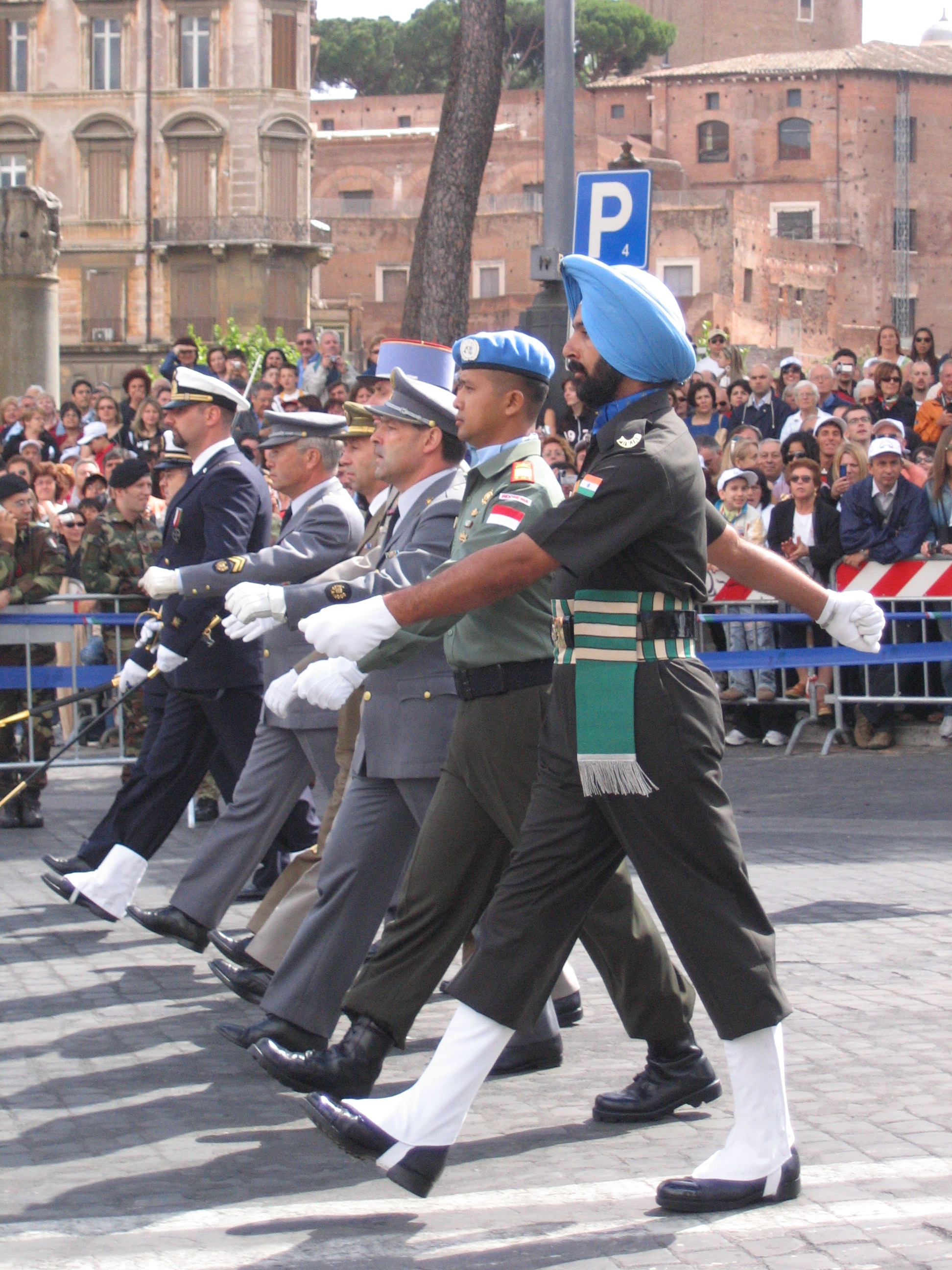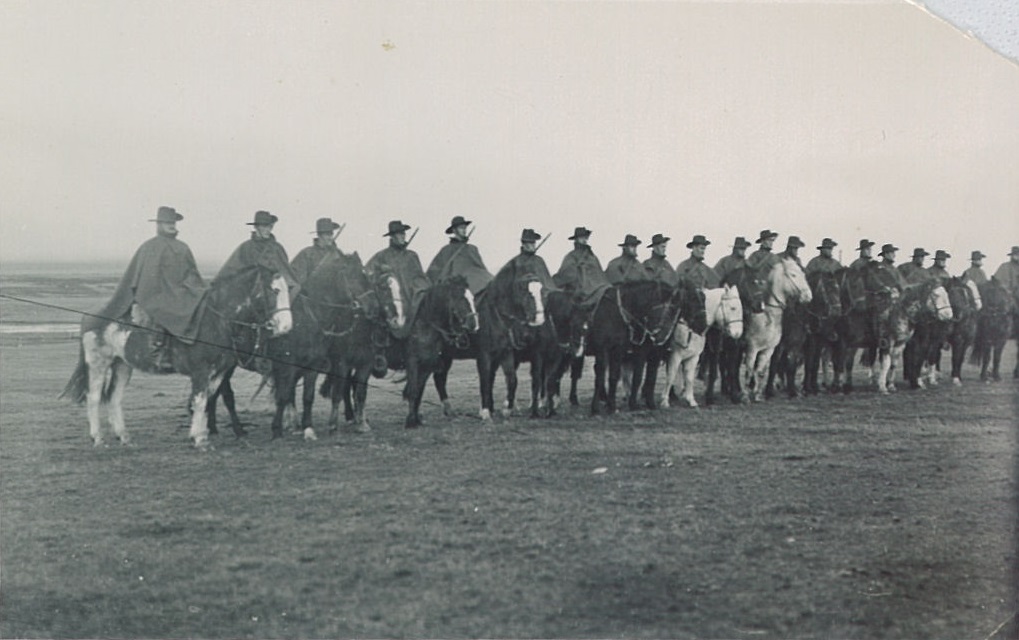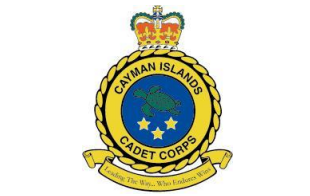|
Multi-Terrain Pattern
The Multi-Terrain Pattern (MTP) is the standard camouflage pattern of the British Armed Forces. As part of the British Ministry of Defence's (MOD) Personal Equipment and Common Operational Clothing (PECOC) programme, three new camouflage patterns were considered for issue to British forces. These were a revised temperate Disruptive Pattern Material (DPM) using lighter colours, a new three-colour desert pattern with enhanced utility for night-time operations, and a hybrid four colour scheme using two colours from each of the previous patterns for use on webbing in all terrains. History Following an Urgent Operational Requirement for a camouflage uniform for the Afghan theatre of operations, and the success of a commercially available pattern (Crye's MultiCam) when tested in trials, a decision was made to use MultiCam as the basis of a new Multi-Terrain Pattern for British armed forces, replacing the previous temperate DPM uniforms. Desert DPM uniforms were to be retained but la ... [...More Info...] [...Related Items...] OR: [Wikipedia] [Google] [Baidu] |
Military Camouflage
Military camouflage is the use of camouflage by an armed force to protect personnel and equipment from observation by enemy forces. In practice, this means applying colour and materials to military equipment of all kinds, including vehicles, ships, aircraft, gun positions and battledress, either to conceal it from observation ( crypsis), or to make it appear as something else ( mimicry). The French slang word ''camouflage'' came into common English usage during World War I when the concept of visual deception developed into an essential part of modern military tactics. In that war, long-range artillery and observation from the air combined to expand the field of fire, and camouflage was widely used to decrease the danger of being targeted or to enable surprise. As such, military camouflage is a form of military deception. Camouflage was first practiced in simple form in the mid 18th century by rifle units. Their tasks required them to be inconspicuous, and they were issued ... [...More Info...] [...Related Items...] OR: [Wikipedia] [Google] [Baidu] |
Frogman Corps
A frogman is someone who is trained in scuba diving or swimming underwater in a tactical capacity that includes military, and in some European countries, police work. Such personnel are also known by the more formal names of combat diver, combatant diver, or combat swimmer. The word ''frogman'' first arose in the stage name ''The Fearless Frogman'' of Paul Boyton in the 1870s and later was claimed by John Spence, an enlisted member of the U.S. Navy and member of the OSS Maritime Unit, to have been applied to him while he was training in a green waterproof suit. The term ''frogman'' is occasionally used to refer to a civilian scuba diver. Some sport diving clubs include the word ''Frogmen'' in their names. The preferred term by scuba users is ''diver'', but the ''frogman'' epithet persists in informal usage by non-divers, especially in the media and often referring to professional scuba divers, such as in a police diving role. In the U.S. military and intelligence communi ... [...More Info...] [...Related Items...] OR: [Wikipedia] [Google] [Baidu] |
Camouflage Patterns
Camouflage is the use of any combination of materials, coloration, or illumination for concealment, either by making animals or objects hard to see, or by disguising them as something else. Examples include the leopard's spotted coat, the battledress of a modern soldier, and the leaf-mimic katydid's wings. A third approach, motion dazzle, confuses the observer with a conspicuous pattern, making the object visible but momentarily harder to locate, as well as making general aiming easier. The majority of camouflage methods aim for crypsis, often through a general resemblance to the background, high contrast disruptive coloration, eliminating shadow, and countershading. In the open ocean, where there is no background, the principal methods of camouflage are transparency, silvering, and countershading, while the ability to produce light is among other things used for counter-illumination on the undersides of cephalopods such as squid. Some animals, such as chameleons and octopu ... [...More Info...] [...Related Items...] OR: [Wikipedia] [Google] [Baidu] |
Military Uniforms
A military uniform is a standardised dress worn by members of the armed forces and paramilitaries of various nations. Military dress and styles have gone through significant changes over the centuries, from colourful and elaborate, ornamented clothing until the 19th century, to utilitarian camouflage uniforms for field and battle purposes from World War I (1914–1918) on. Military uniforms in the form of standardised and distinctive dress, intended for identification and display, are typically a sign of organised military forces equipped by a central authority. Military uniforms differ not only according to military units but tend to also be offered in different levels of formality in accordance with Western dress codes: full dress uniform for formal wear, mess dress uniform for semi-formal wear, service dress uniform for informal wear, and combat uniform (also called "battle/field dress") which would equal casual wear. Sometimes added to the casual wear category is physi ... [...More Info...] [...Related Items...] OR: [Wikipedia] [Google] [Baidu] |
Uniforms Of The British Armed Forces
Each branch of the British Armed Forces has its own uniform regulations. Many of these uniforms are also the template for those worn in the British cadet forces. *Uniforms of the British Army *Uniforms of the Royal Navy *Uniforms of the Royal Marines *Uniforms of the Royal Air Force Uniforms overview Image:Wedding_of_Prince_William_of_Wales_and_Kate_Middleton_rehearsal_military.jpg, Army Image:HMS Tyne sailors Liberation Day march past Jersey 9 May 2007.jpg, Royal Navy File:07 Royal Marines Montevideo Jan1972.jpg, Royal Marines Image:RAF Flight Sgt.jpg, Royal Air Force Headdress Cap badges are worn on most types of headdress, with the exception of operational headdress (which is not usually worn in public). Turbans Turbans are worn by Sikh members of the British Armed Forces. Image:Sikh_Vaisakhi_Festival_In_MoD_Main_Building_MOD_45162437.jpg, Sikh service members wearing turbans. The turban of the junior rating lacks a cap badge, as is the case with the sailor cap it r ... [...More Info...] [...Related Items...] OR: [Wikipedia] [Google] [Baidu] |
Combat Uniform
A combat uniform, also called field uniform, battledress or military fatigues, is a casual type of uniform used by military, police, fire and other public uniformed services for everyday fieldwork and combat duty purposes, as opposed to dress uniforms worn in functions and parades. It generally consists of a jacket, trousers and shirt or T-shirt, all cut more loose and comfortable than more formal uniforms. Design may depend on regiment or service branch, e.g. army, navy, air force, marines, etc. In the army branches, fabrics tend to come in camouflage, disruptive pattern or else green, brown or khaki monochrome, in order to approximate the background and make the soldier less visible in nature. In Western dress codes, field uniform is considered equivalent to civilian casual wear. As such, field uniform is considered less formal than service dress uniform, generally aimed at office or staff use, as well as mess dress uniform, and full dress uniform. The British Indian Army ... [...More Info...] [...Related Items...] OR: [Wikipedia] [Google] [Baidu] |
Royal Montserrat Defence Force
The Royal Montserrat Defence Force is the home defence unit of the British Overseas Territory of Montserrat. History Raised in 1899, the unit is today a reduced force of about forty volunteer soldiers, primarily concerned with civil Defence and ceremonial duties. The unit has a historical association with the Irish Guards. The current Commanding Officer is Lieutenant Colonel Alvin Ryan, who took over from the late Captain Horatio Tuitt. As a British Overseas Territory (BOT), defence of Montserrat remains the responsibility of the United Kingdom. Uniform Ranks Ranks are as follows:(The RMDF use the Star of St Patrick as a 'pip' like Irish Guards) See also *Royal Bermuda Regiment *Cayman Islands Regiment *Turks and Caicos Islands Regiment * Royal Gibraltar Regiment *Falkland Islands Defence Force * British Army Training and Support Unit Belize * Overseas military bases of the United Kingdom Overseas military bases of the United Kingdom enable the British Armed Forces to co ... [...More Info...] [...Related Items...] OR: [Wikipedia] [Google] [Baidu] |
Falkland Islands Defence Force
The Falkland Islands Defence Force (FIDF) is the locally maintained volunteer defence unit in the Falkland Islands, a British Overseas Territory. The FIDF works alongside the military units supplied by the United Kingdom to ensure the security of the islands. History Origin In 1847, Lieutenant Richard Clement Moody, Governor of the Falkland Islands, formed the Falklands' militia force, consisting of two infantry platoons, and a combined mounted and artillery unit. A volunteer unit was reformed in 1854, during the Crimean War, to guard against possible aggression by the Russian Empire. In 1892, a steamer owned by one of the belligerents involved in the Chilean Civil War docked at Port Stanley. Ostensibly there to carry out repairs to its engines, the presence onboard of 200 armed soldiers was considered a security threat, and Governor Sir Roger Goldsworthy therefore ordered that an armed volunteer force be formed. The first draft of men of the Falkland Islands Volunteer ... [...More Info...] [...Related Items...] OR: [Wikipedia] [Google] [Baidu] |
Cayman Islands Cadet Corps
The Cayman Islands Cadet Corps (CICC) is a youth organisation in the Cayman Islands for male and female secondary school students between age 12 and 17. It was established in March 2002. Core subjects * Drill and Turnout * Military Knowledge * Fieldcraft * Skill at Arms * Shooting * Navigation * Expedition Training * First Aid * Physical Training * Cadets in the Community The Cayman Islands Cadet Corps Structure The CICC is split into 8 detachments: *John Gray Detachment - (Alpha) *Clifton Hunter Detachment - (Alpha) *Band Detachment - (Headquarters) *South Sound Detachment - (Headquarters) *Cayman Brac Detachment - (Bravo) *Triple C Detachment - (Bravo) *Marine Detachment - (Bravo) *Section-9 - (S-9) The main objectives of the CICC are defined in its Charter, Vision and the Mission Statement. The Charter The Cayman Island Cadet Corps is a National Voluntary Youth organisation. It is sponsored by the Governor's office and administered by a local headquarters le ... [...More Info...] [...Related Items...] OR: [Wikipedia] [Google] [Baidu] |
Cayman Islands Regiment
The Cayman Islands Regiment is the home defence unit of the British Overseas Territory of the Cayman Islands. It is a single territorial infantry and engineer battalion of the British Armed Forces that was formed in 2020. History 2019 On 12 October 2019, the government announced the formation of the Cayman Islands Regiment, a new British Armed Forces unit. The Cayman Islands Regiment was planned to become operational in 2020, with an initial 35–50 personnel of mostly reservists that are locally recruited and likely initially trained as engineers. The expected growth of the Regiment is expected to see an increase of personnel to several hundred. One of the main goals of the Regiment would be humanitarian relief, responding to natural disasters on the islands as well as regionally to events such as hurricanes. However, the Regiment is to be assisted by the UK Ministry of Defence and Foreign and Commonwealth Office and is likely to be in the form of logistical advice and suppor ... [...More Info...] [...Related Items...] OR: [Wikipedia] [Google] [Baidu] |
Royal Bermuda Regiment
The Royal Bermuda Regiment (RBR), formerly the Bermuda Regiment, is the home defence unit of the British Overseas Territory of Bermuda. It is a single Territorial Army (United Kingdom), territorial infantry battalion#British Army, battalion that was formed on the amalgamation in 1965 of two originally voluntary units, the mostly black Bermuda Militia Artillery (BMA) and the almost entirely white Bermuda Rifles (titled the Bermuda Volunteer Rifle Corps (BVRC) until 1949), and the only remaining component of the Bermuda Garrison since the 1957 withdrawal of regular units and detachments from Bermuda. History The two original units, the mostly black Bermuda Militia Artillery and the almost entirely white Bermuda Volunteer Rifle Corps, were raised 1895 and 1894, respectively, in accordance with two of three acts passed by the Bermudian parliament in 1892 at the insistence of the British Government, which had been attempting to encourage, entice, or coerce the local government to ... [...More Info...] [...Related Items...] OR: [Wikipedia] [Google] [Baidu] |
Community Cadet Forces
The Community Cadet Forces is a term used by the United Kingdom Ministry of Defence (MOD) to group together the Sea Cadets and Volunteer Cadet Corps, Army Cadet Force and Air Training Corps. Together with the Combined Cadet Force (CCF) they constitute the UK's MOD-sponsored cadet forces. The Volunteer Cadet Corps, which in 2017 became the fifth MOD sponsored cadet force, enjoy close ties with the Royal Marines elements of the Sea Cadet Corps and the Combined Cadet Force forming a tri-partite family of 'Royal Marines Cadets'. While these cadet forces are sponsored by the MOD and maintain strong ties, traditions and customs with the British Armed Forces, they are Volunteer Youth Organisations and have no liability for military service. The MOD describe the Cadet Forces as offering "''challenging and enjoyable activities for young people, and prepare them to play an active part in the community while developing valuable life skills.''" As of 1 April 2019, there were 110,620 Cadets a ... [...More Info...] [...Related Items...] OR: [Wikipedia] [Google] [Baidu] |
